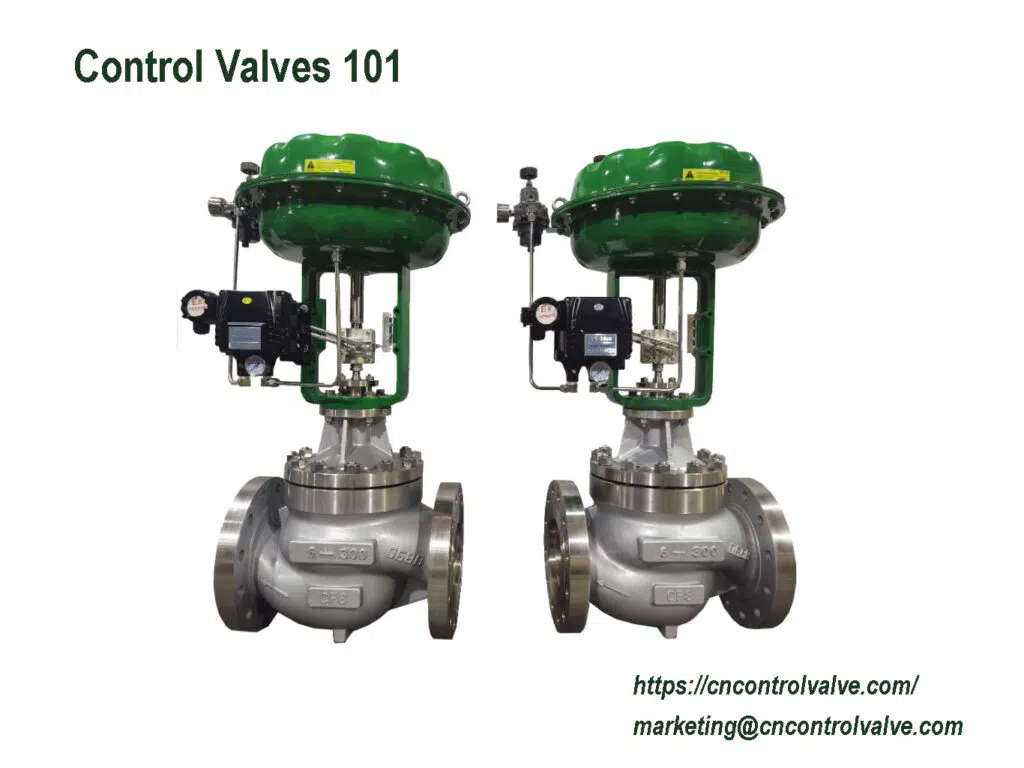Choosing the Right Control Valves: A Guide to Optimal System Performance
Choosing the Right Control Valves: A Guide to Optimal System Performance
Blog Article

Maximize Power Savings and Convenience With Advanced Building Automation Controls
In the world of modern-day style and facility management, the assimilation of advanced building automation manages stands as a critical improvement. By utilizing the power of automation, buildings can adjust, react, and progress in means that were when inconceivable.
Power Efficiency Perks
Energy performance benefits can significantly reduce energy consumption and functional costs in buildings. By applying energy-efficient practices and innovations, building proprietors and drivers can attain significant savings while also adding to environmental sustainability. One of the main advantages of enhancing power effectiveness in structures is the decrease of energy expenses. Energy-efficient systems, such as innovative structure automation controls, can maximize making use of resources like illumination, air conditioning, and home heating, bring about reduced power expenditures gradually.
Furthermore, enhanced power effectiveness can prolong the life-span of building equipment and systems. By running extra effectively, a/c systems, lighting fixture, and other structure elements experience less wear and tear, resulting in reduced upkeep and substitute costs. In addition, energy-efficient structures commonly command higher property worths and rental prices, supplying long-lasting financial benefits to proprietors.
Additionally, energy performance can boost passenger comfort and performance. Appropriately regulated interior settings with ideal lights and thermal conditions produce an even more conducive and pleasurable workspace, causing boosted employee satisfaction and performance. On the whole, the energy effectiveness advantages connected with sophisticated structure automation controls are multifaceted, including price savings, ecological stewardship, and owner health.
Enhanced Convenience Control
Enhancing comfort control in structure settings needs a sophisticated combination of innovative automation systems for optimum occupant well-being. By using innovative structure automation controls, centers can tailor the interior setting to meet the certain requirements and choices of occupants. These systems enable accurate guideline of lighting, temperature level, and ventilation, producing a comfy and effective ambience. Occupant fulfillment and efficiency are carefully linked to thermal convenience, making it essential to have systems in position that can adapt to altering conditions in real-time.
By including these advanced controls, structures can not only improve convenience but additionally improve energy performance by optimizing system procedures based on real occupancy and use patterns. Ultimately, prioritizing owner comfort with innovative automation systems leads to a more satisfying and healthier indoor atmosphere.
Functional Efficiency Improvements

In addition, the implementation of real-time surveillance and analytics tools allows structure operators to determine power inefficiencies and functional abnormalities quickly. By continually keeping track of power you could try here use patterns and system efficiency metrics, changes can be made in real-time to optimize energy usage and make certain peak operational effectiveness. control valves. Furthermore, including demand reaction approaches into structure automation controls can better improve functional effectiveness by dynamically changing power use based on grid conditions and pricing signals
Indoor Environment Optimization
Efficient interior climate optimization is an essential aspect of building automation controls, guaranteeing passengers' comfort and well-being while taking full advantage of energy financial savings. By using innovative sensors and controls, developing automation systems can continually keep an eye on and readjust temperature, moisture degrees, air high quality, and ventilation to produce an optimal indoor atmosphere. Maintaining comfy and consistent problems not just improves passenger contentment yet additionally improves efficiency and general well-being.
Indoor environment optimization additionally plays an essential role in energy efficiency. By fine-tuning air flow, home heating, and air conditioning systems based upon real-time data and occupancy patterns, developing automation controls can dramatically lower power intake - control valves. Carrying out strategies such as demand-controlled air flow and thermal zoning can help decrease energy waste while making certain that each area of the structure gets the essential conditioning.

Sustainable Environment Development
Structure automation controls not just maximize interior climate conditions for power performance and passenger convenience but also lay the structure for developing a lasting atmosphere through critical monitoring of sources and systems. By integrating innovative structure automation innovations, such as sensors, actuators, and smart software program, centers can change and monitor energy use in real-time to decrease waste and lower their carbon impact. These systems enable anticipating upkeep, determining prospective issues before they rise and maximizing devices performance to enhance longevity and efficiency.
In addition, sustainable environment development extends past energy monitoring to encompass water preservation, waste reduction, and interior air quality enhancement. Building automation controls can control water usage, identify leaks, and ensure appropriate waste disposal my site methods, adding to total sustainability initiatives. Additionally, by checking and managing ventilation and purification systems, these technologies boost passenger health and performance while reducing power usage associated with HVAC procedures.
Verdict
To conclude, advanced building automation regulates deal considerable benefits in regards to power cost savings, comfort control, operational efficiency, interior environment optimization, and creating a sustainable setting. By implementing these controls, buildings can accomplish optimum performance while decreasing energy consumption and improving passenger convenience. It appears that making use of advanced automation innovation is crucial in enhancing building performance and creating a much more sustainable future.
Power performance benefits can significantly minimize power consumption and operational expenses in structures. Overall, the power effectiveness benefits linked with advanced structure automation controls are multifaceted, incorporating price savings, environmental stewardship, and owner health.
Additionally, including need action methods into structure automation controls can better enhance functional effectiveness by dynamically view it now changing energy use based on grid conditions and pricing signals.
Structure automation manages not only maximize interior environment problems for energy performance and passenger comfort but additionally lay the structure for creating a lasting atmosphere through strategic administration of systems and sources.In verdict, advanced structure automation manages offer substantial advantages in terms of energy financial savings, convenience control, operational efficiency, interior environment optimization, and producing a sustainable environment.
Report this page